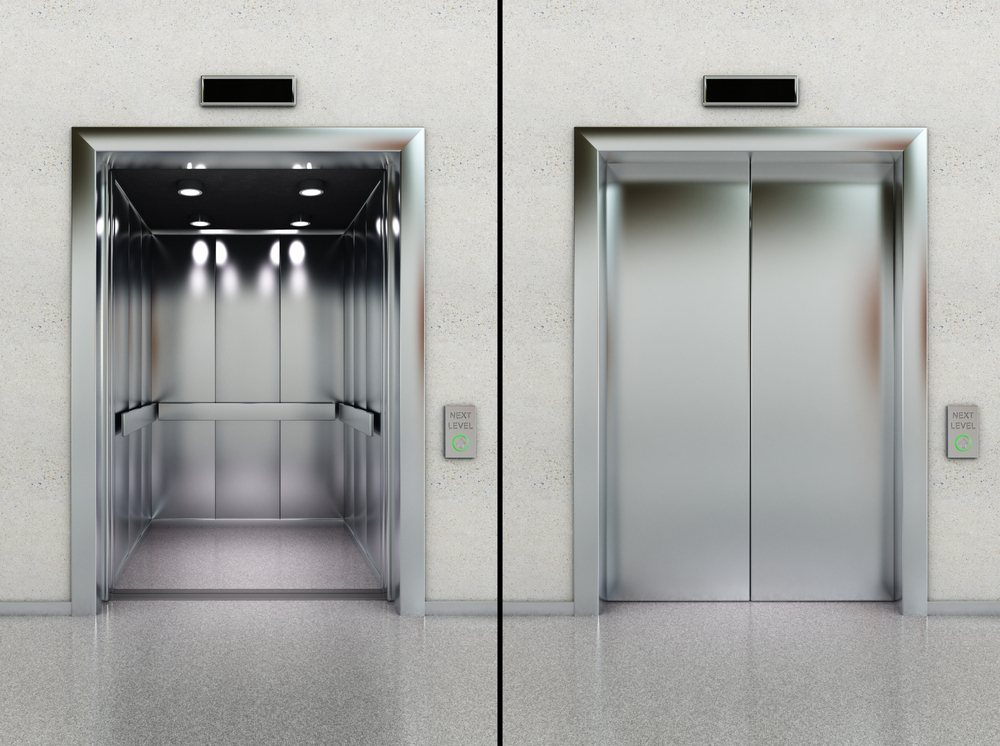Economical Lift Repair Near Me: Professional Service Technicians at Your Solution
Economical Lift Repair Near Me: Professional Service Technicians at Your Solution
Blog Article
Exploring the World of Elevators: Usual Problems Encountered by Different Lift Mechanisms
As we browse with the upright transport systems of modern-day buildings, lifts stand apart as an essential part of our lives. However, behind their smooth procedure exists a world of intricate mechanisms that can occasionally experience obstacles. From hydraulic elevators to grip systems and machine-room-less designs, each lift kind comes with its collection of usual problems. Recognizing these challenges is vital for making sure the smooth functioning of these crucial systems. Let's check out the complexities that underlie the procedure of elevators and the prospective issues that can emerge, clarifying the intricate internet of lift mechanisms.
Hydraulic Elevators
Hydraulic lifts, frequently liked for low-rise structures, make use of fluid stress to control the movement of the lift cars and truck (lift repair companies). This device entails a hydraulic pump pressing oil into a cylinder, causing the elevator to relocate the wanted instructions. While hydraulic lifts are recognized for their quiet and smooth operation, they do come with their very own collection of usual issues
One prevalent problem with hydraulic lifts is oil leak. Furthermore, problems with the control system, such as faulty valves or a malfunctioning pump, can cause disturbances in the lift's motion.
Regular upkeep and timely repair work are necessary to guarantee the smooth functioning of hydraulic lifts. By resolving these typical issues proactively, building owners can minimize downtime and ensure the safety and security and effectiveness of their vertical transport system.
Traction Elevators
When considering upright transportation systems in structures, one more common kind in addition to hydraulic elevators is the grip elevator. Grip elevators operate utilizing a system of ropes and counterweights that move the elevator car by clutching onto the hoist ropes. This mechanism permits smoother and quicker upright transport compared to hydraulic systems.
Among the typical concerns dealt with by grip elevators is rope wear. The continuous movement of the ropes within the traction system can lead to put on and tear with time, potentially creating the lift to malfunction or come to be risky for usage. Routine examinations and maintenance of the ropes are vital to make sure the elevator's appropriate functioning and safety.
One more concern that traction lifts may come across is related to the control system. Issues with the control system can bring about issues such as unpredictable activity, delays in response times, or also complete shutdowns. Normal screening and maintenance of the control system are vital to stop such problems and make sure the lift's reliability.
Machine-Room-Less (MRL) Elevators
Among the essential parts of MRL elevators is the compact gearless grip device that is mounted within the hoistway. This device successfully drives the elevator vehicle without the demand for cumbersome tools found in typical traction lifts. Additionally, MRL lifts generally make use of a counterweight system to balance the cars and truck, further boosting their energy effectiveness.
Regardless of their benefits, MRL elevators may deal with obstacles associated with repair and maintenance as a result of link the restricted area for tools installation. Ease of access for servicing elements within the shaft can be restricted, calling for specialized training for technicians. Appropriate upkeep schedules and regular evaluations are vital to make certain the ongoing smooth procedure of MRL lifts.
Overloading and Weight Limit Issues
Straining and weight restriction problems are critical problems in lift procedures. Elevator producers style raises with specific weight capacities to make certain guest security and equipment long life.
When elevators are overloaded, it places too much stress on the motor, wires, and various other components, potentially causing breakdowns or failures. Safety and security systems such as sensors and overload sensing units remain in place to stop lifts from moving if they identify excess weight. In addition, exceeding weight restrictions can result in raised energy consumption and deterioration on the elevator system.
To alleviate overloading problems, building managers need to prominently present weight limitations in lifts and educate passengers on the importance of adhering to these constraints - lift repair companies. Regular upkeep checks by certified specialists can also help make sure that lifts are operating within risk-free weight check criteria. By attending to overloading and weight restriction concerns proactively, building owners can improve lift safety and effectiveness
Electric System Failings
Surpassing weight limitations in lifts can not just lead to mechanical problems but also potentially contribute to electric system failings within the lift infrastructure. Electrical system failures are a critical worry in lift operation, as they can create unforeseen shutdowns, malfunctions, or even security dangers.
In addition, power rises or fluctuations in the electrical supply can additionally interfere with the lift's procedure, impacting its performance and safety. These electrical disruptions can harm sensitive lift parts such as control board, motherboard, or sensing units, resulting in system failures. Normal maintenance and inspections are crucial to recognize and attend to prospective electrical problems quickly, ensuring the reliable and safe operation of elevator systems. By adhering to weight limits and carrying out regular electrical system checks, building owners can mitigate the danger of electrical failings in lifts.
Final Thought

Hydraulic lifts, often favored for low-rise buildings, make use of fluid pressure to regulate the movement of the lift vehicle.When taking into consideration vertical transport systems in buildings, another usual kind apart from hydraulic elevators is the grip lift. Traction lifts operate utilizing a system of ropes and weights that move the lift car by grasping onto the hoist ropes. Unlike traditional elevators that need a different maker room to house the devices, MRL lifts integrate most of the parts within the shaft, removing the More hints demand for a devoted equipment room.In conclusion, elevators deal with usual problems such as hydraulic breakdowns, grip system failures, and electrical system problems.
Report this page